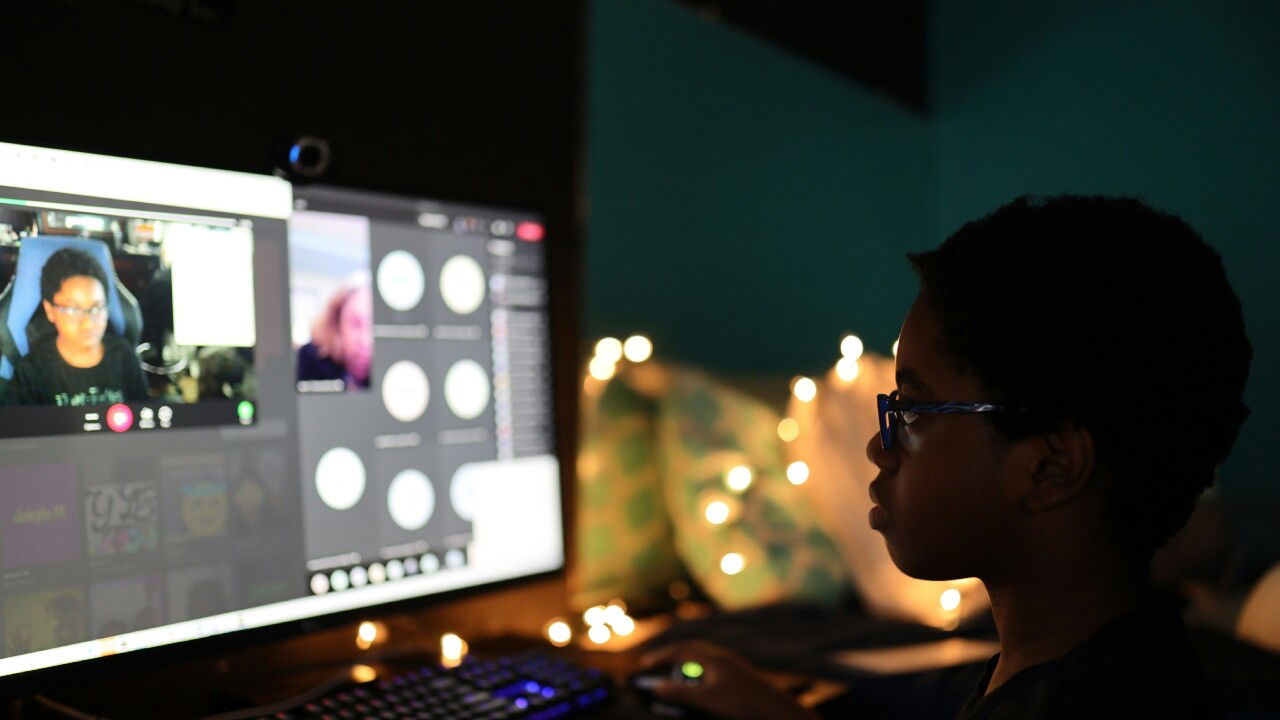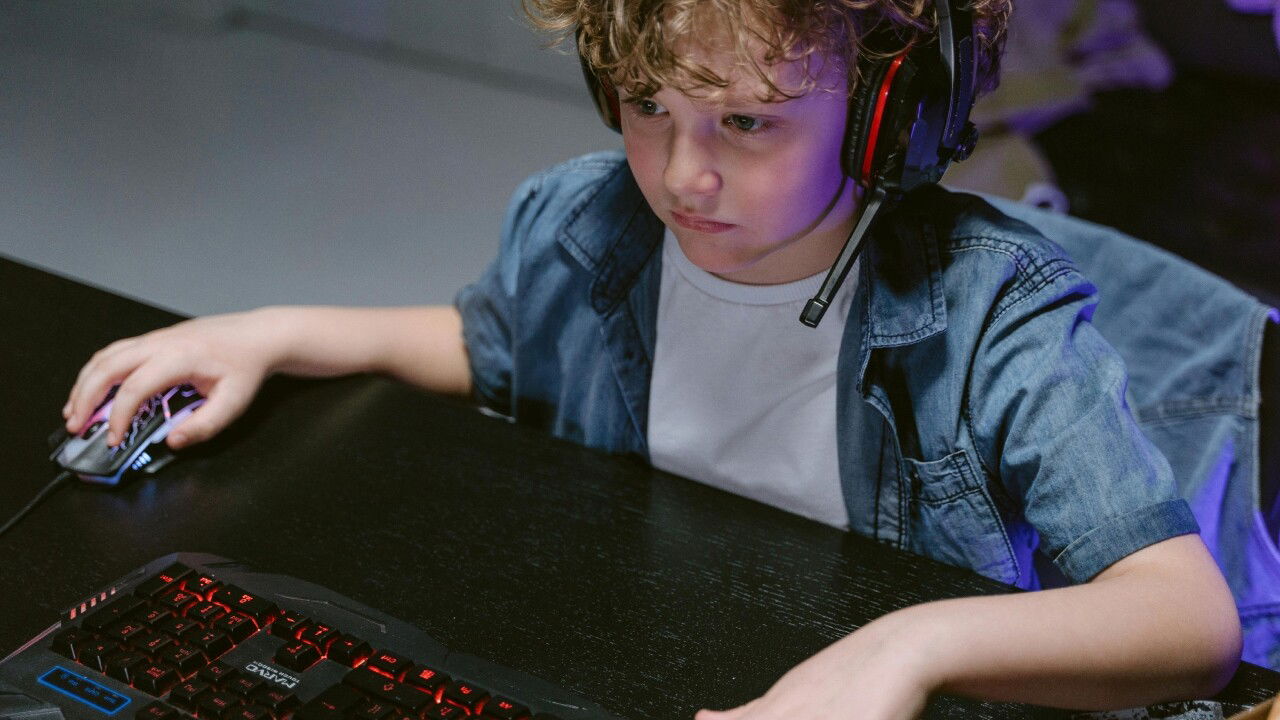Imagine a classroom where students are excited to learn by gaming instead of listening to a teacher speak. They would be actively involved, working together, and learning. This isn’t a dream from the future; it’s happening right now, thanks to the rise of new tools for learning. Adding games to school settings has been one of the most important new ideas in recent years. Gamification is a way of teaching and learning that uses the fun and inspiring parts of games to make learning better.
The Rise of Innovation in Education
There has been a big change in education toward using technology and new ways to get students more involved and help them learn better. From flipped classrooms to adaptive learning technologies, the landscape of education is continuously evolving. For instance, some platforms offer services where students can request “do my essay” assistance, showing how technology can streamline educational processes. Using technology in this way not only helps students keep track of their work, but it also opens up new ways for them to learn and be involved.
Also, among these innovations, gamification stands out for its ability to transform mundane educational tasks into exciting and interactive experiences. Whether it’s a university lecture or a primary school lesson, the potential of gamification is vast.
The Integration of Educational Gaming
Gamification in education isn’t a new idea, but recent improvements in technology for schools have made it much more popular and successful. Many classes now use games like Kahoot! and Minecraft: Education Edition all the time. These tools let students learn through play, which has been shown to keep them interested and help them remember what they’ve learned.
A meta-analysis by Frontiers highlights how gamification can vary in effectiveness depending on the educational discipline and the specific design of the gamified elements. This flexibility allows educators to tailor gaming experiences to suit different learning needs and subjects, making it a versatile tool in modern education.
Benefits of Gaming in Education
One of the main benefits of using games in school is that it gets students more interested and motivated. Traditional ways of teaching don’t always work to keep all of the students’ attention. But gamification can make learning more fun by adding elements of competition and fun. When Minecraft is used for group projects, for example, students can improve their ability to work together and think critically.
Educational games also support the development of essential skills. They can enhance problem-solving abilities, foster creativity, and improve teamwork. A study by SpringerOpen reviewed the use of game elements in higher education and found that competitive setups, leaderboards, and point systems were particularly effective in promoting active learning and engagement.
Moreover, gamification allows for personalized learning experiences. Adaptive learning technologies within games can adjust the difficulty level based on the student’s performance, providing a customized learning path. This approach ensures that each student can learn at their own pace, making education more inclusive and effective.

Practical Applications in the Classroom
Educational games are useful in many ways because they can be changed to fit different topics. For example, Math Blaster is a great game for teaching math, and Duolingo makes learning a language more like playing a game. These subject-specific games help students understand complex concepts through interactive and enjoyable activities.
Additionally, games can be used for formative assessments. Gamified exams, on the other hand, can give students quick feedback and are often seen as less stressful by students. This can lead to better performance and a more accurate understanding of student progress.
Challenges and Considerations
Even though there are many benefits, there are some things to think about when putting games into schooling. One worry is that people might spend more time in front of screens, which can be bad if not handled properly. For a well-rounded education, it’s important to use both modern and traditional means of learning.
Another challenge is accessibility. Some kids don’t have the same access to the devices they need, which can make learning chances uneven. To close the digital gap, schools must make sure that all of their students have the tools they need to use gamified learning settings.
Case Study: Successful Implementation
A notable example of successful gamification in education is the use of Minecraft: Education Edition in schools. A recent case study found that students who worked together on Minecraft projects showed better ability to solve problems and work with others. Because the game was engaging, students could use what they had learned in the classroom in real-life situations. This helped them understand and remember what they had learned better.
Future of Gaming in Education
These games will likely be around for a long time because technology and research into teaching are always getting better. A lot of people think that adding AI and virtual reality to educational games will make them even better for learning. These technologies can be used to create interactive settings where students can learn by doing. This makes learning more fun and effective.
Conclusion
The integration of gaming into education represents a significant innovation in teaching methods. Teachers can make learning settings that are more lively and effective by using the motivating and fun parts of games. As technology keeps getting better, gaming in education will only become more useful, giving teachers and students new and fun ways to learn and be involved. These new tools should be looked into by teachers and how they can be used to help students at all levels of education ought to be thought about.



